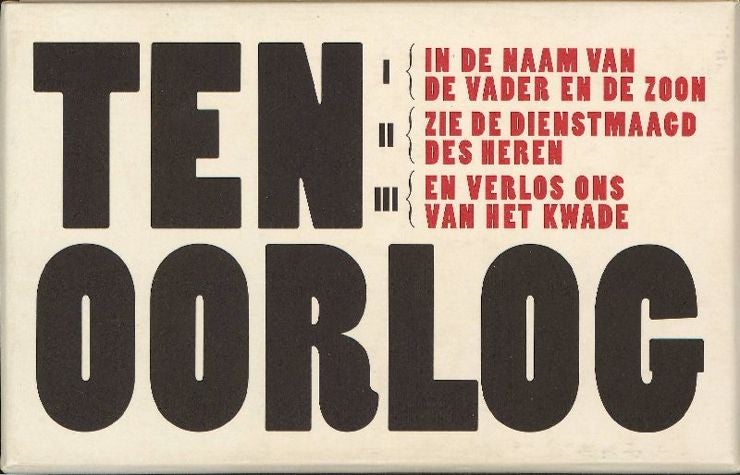Friday, June 19, 2015
How can we know what the conditions were like in Shakespeare’s theatre? What does recreating them show?
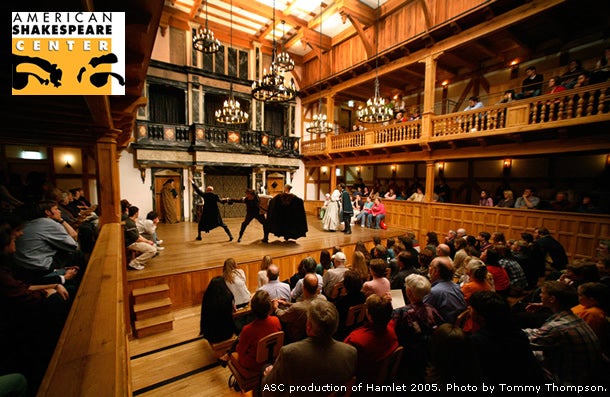
Original Practices staging (sometimes called Original Practice or OP) is a style of theatre that attempts to replicate the conditions and effects of a play as it would have been first performed. Coined at London’s Shakespeare’s Globe Theatre in 2002, this approach to the plays includes the recreation of lighting, costumes, sound effects, music, set, accents, and acting practices to give insight into how the plays might originally have been seen.
This is an approach used for many Elizabethan and Jacobean playwrights: see, for example, the wide array of OP programming at Virginia’s American Shakespeare Centre, where plays are performed on a replica of the Blackfriars Theatre, yet Shakespeare's plays are most often subjected to this process. In Canada, two recent approaches to OP staging were featured at the Stratford Festival in 2013 and 2014: a Romeo & Juliet performed as if were in the open-air Globe Theatre, and King John, which replicated features of the indoor Blackfriars.
The OP approach meant blocking was fluid to encourage spontaneity, costumes were historically accurate and there were few set pieces or props. Lighting was designed to replicate the environment, with synthesized cloud cover and a setting sun featuring in the ‘Globe’ Romeo and the use of open flame candlelight to suggest the close indoor atmosphere for the ‘Blackfriars’ King John.
Original Practices encourages company structure, active listening, and actor innovation, and has produced a great deal of academic material which may be built upon for ideas on what the Elizabethan stage was like. uWaterloo’s Henry the Sixth, Part One adopts many of these OP ideas, led by Paul Hopkins, a member of Hamilton’s Original Practices Shakespeare and the Queen’s Men’s Players.
Friday, June 12, 2015
What woman ended the Hundred Years War? (Hint: it wasn’t Joan of Arc!)
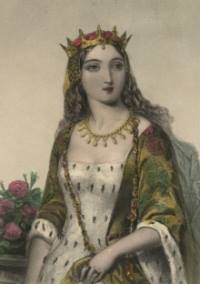
Margaret of Anjou was one of the most influential figures of 15th century Europe. Daughter of King René I of Naples and Isabella, Duchess of Lorraine, Margaret's noble blood was both a blessing and a curse. From birth her family used her as a political pawn, and when she was only 14 she was betrothed to King Henry VI of England. William de la Pole, Duke of Suffolk, arranged the marriage, a meeting that Shakespeare dramatised as a love match. When Henry married Margaret, the ensuing bond joined the two powers and created a peace that hadn't been seen for over a century.
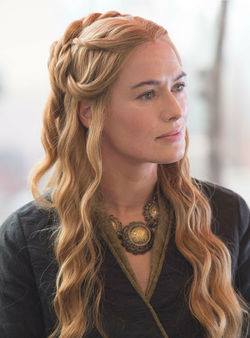
As Queen of England, Margaret of Anjou aided in the rule of England when her husband suffered a mental breakdown. As ruler, she controversially preferred the Duke of Suffolk's policies over those of her husband, which Shakespeare explores in ‘Henry the Sixth Part Two’. Margaret appears in four of Shakespeare’s plays, from beauteous youth (‘Henry the Sixth Part One’) to prophetic witch (‘Richard III’). She died in 1482, aged 52, in Anjou, France.
Friday, June 5, 2015
‘Henry the Sixth, Part One’ is the only Shakespeare play to feature a character from ‘Bill and Ted’s Excellent Adventure’.
Even though scholars argue that the play of ‘Sir Thomas More’ was partially authored (‘Hand D’) by Shakespeare (making it the only other play Shakespeare had a hand in to feature a Saint), ‘Henry the Sixth, Part One’ is the most prominent example of a Saint who appears in the canon. St. Joan of Arc, now one of the patron saints of France, was simply ‘Joan de Pucelle’ to Shakespeare and his contemporaries, and in ‘Henry the Sixth, Part One’ she is depicted as a witch who uses demonic forces to help the French to victory and dallies sexually with the French Dauphin. The English are only able to overcome Joan’s unnatural advantage when her Fiends abandon her, refusing her blood sacrifice. A little different to the modern depiction of the valiant Maid of Orleans! For Shakespeare’s audience, Joan and the French represented a reminder of conflicts across the Channel barely a few generations old.
Joan was martyred at age 19, burned at the stake, on May 30 1431, and was elevated to the sainthood in 1920. She has been a popular figure in popular culture, including in George Bernard Shaw’s ‘Saint Joan’ (written in the wake of Joan’s canonisation), Bertolt Brecht’s ‘Saint Joan of the Stockyards,’ Jean Anouilh’s ‘The Lark,’ Leonard Cohen’s song ‘Joan of Arc’, and in over forty film depictions, played by actresses including Leelee Sobieski, Ingrid Bergman, Hedy Lamarr, and Milla Jovovich.
Joan also represents the only Shakespearean character to also appear in ‘Bill and Ted’s Excellent Adventure.’
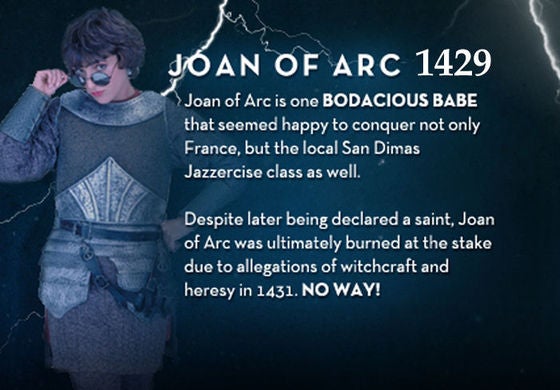
Friday, May 29, 2015
How is ‘Henry the Sixth, Part One’ related to ‘Game of Thrones’?
‘Henry The Sixth, Part One’ and the popular television series ‘Game of Thrones’ were both inspired by the same true events: the Hundred Years’ War and the Wars of the Roses, two of the bloodiest periods in European history. As the English and French nobility bid for the throne, loyalties were divided, and no one was safe – just like in Westeros. Characters from ‘Game of Thrones’ even have English-inspired family names: the Lannisters (Lancasters) face off against the Starks (Yorks). King Henry VI was undermined by bouts of madness late in his reign, which allowed his enemies leverage – just like with the Mad King Aerys II Targaryen of ‘Game of Thrones’.
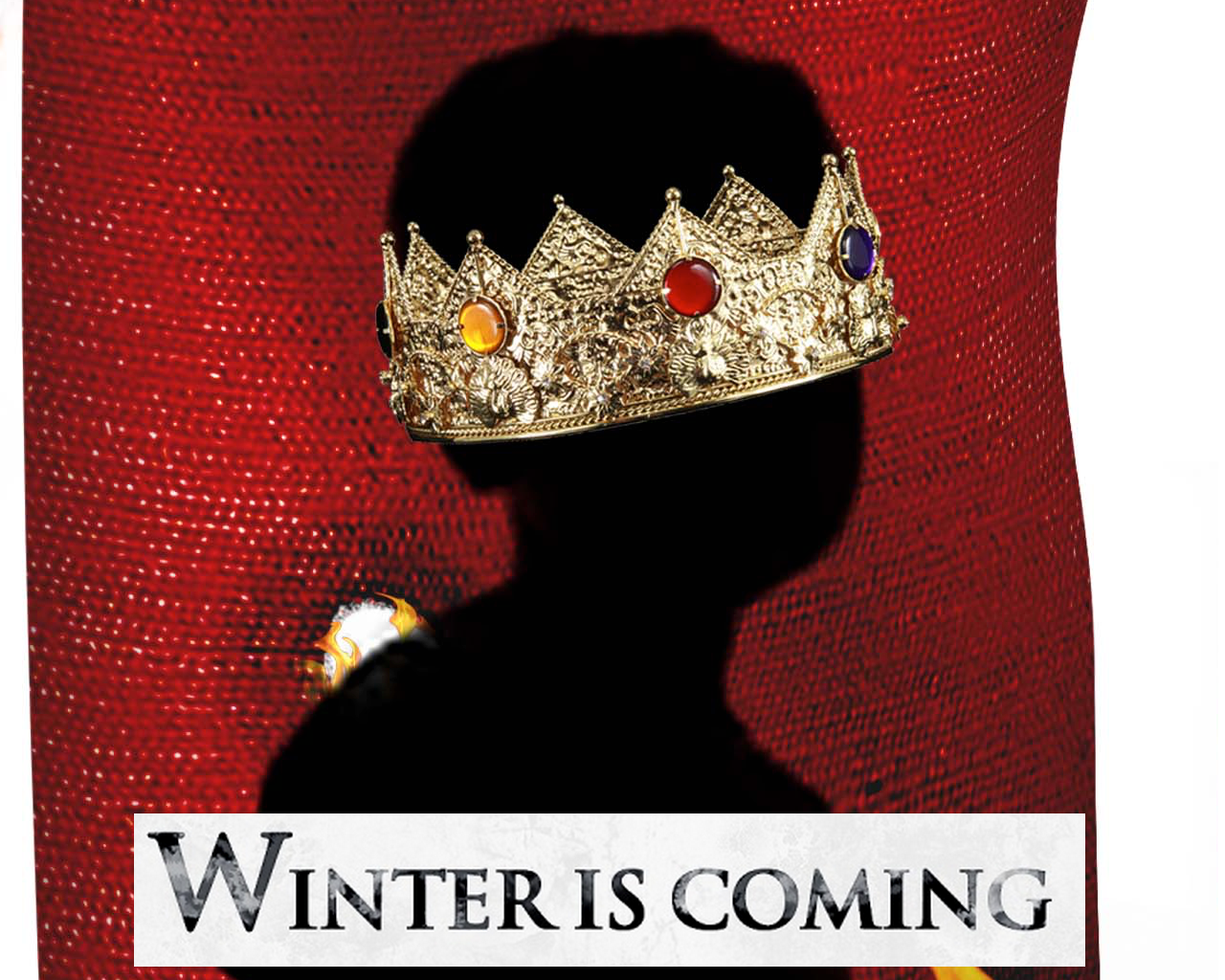
Friday, May 22, 2015
Did you know that although ‘Henry the Sixth Part One’ is the first play in Shakespeare’s first tetralogy (group of four plays), some scholars suggest it was written AFTER the second and third parts, making it one of the first-ever prequels, filling out the backstories of already familiar characters? Yes, that’s right: ‘Henry the Sixth, Part One’ is the original ‘Star Wars: The Phantom Menace’!

Friday, May 15, 2015
'Henry the Sixth Part One' has been one of William Shakespeare's least-performed plays. Despite this, 'Henry the Sixth Part One' is included amongst Shakespeare's most adapted plays including the very successful 'Rose Rage', 'The Wars of the Roses', and 'The Plantagenets'.
